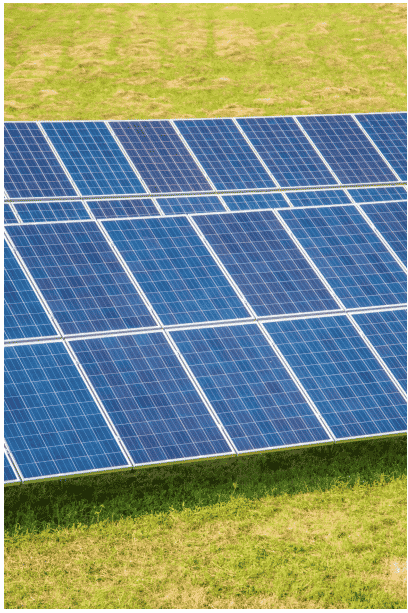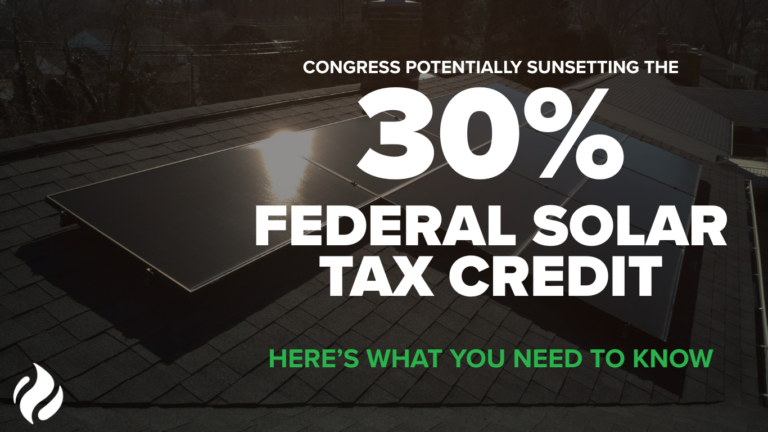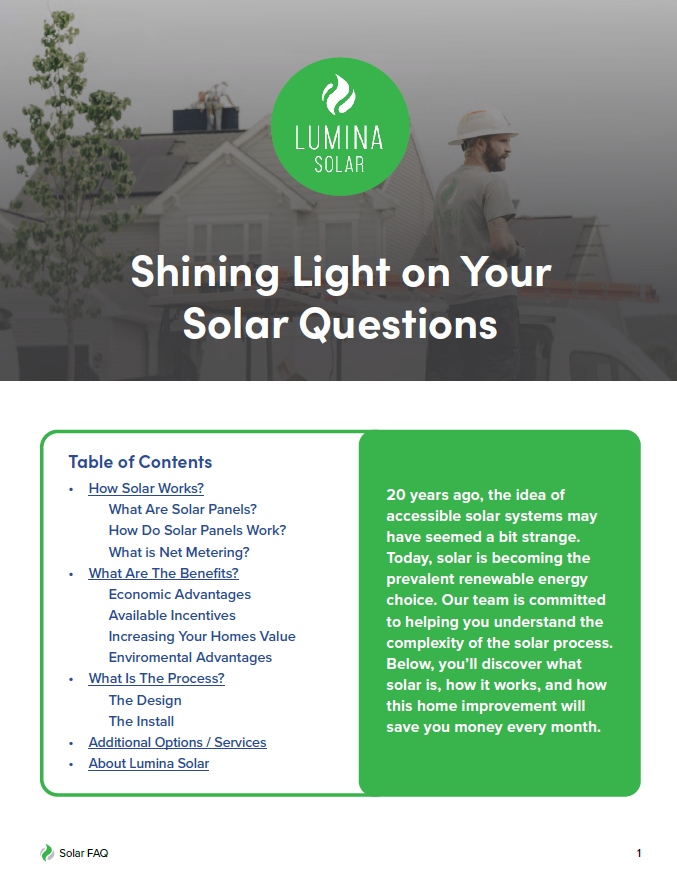Most often, solar panels are overwhelmingly associated with rooftops. After all, in the vast majority of installation scenarios, solar panels – whether they’re on a commercial building or residential property – are finding their purpose on the roof. They’re placed as close to unobstructed sunshine as they can get.
But is it possible that your rooftop isn’t the ideal location for your panels? Perhaps your roof is in complete shade for most of the day. Or maybe you want to take advantage of all the benefits of solar energy despite having a roof made of materials that aren’t ideal for solar panels, such as slate.
For most property owners, their roof is the ideal location for their solar panel installation. However, in the event that it isn’t, there are other options, such as ground-mounted solar panels. If you don’t have access to a perfect roof but you do have access to a wide, open space with plenty of sunshine, then you may be a candidate for these types of panels.
As with anything, though, there are pros and cons to ground-mounted panels. Read on to find out what they are.
Pro: Perfect Sunshine Alignment
When it comes to designing a solar panel array that will generate the most electricity possible, the biggest factor is, of course, maximizing sun exposure. For this reason, solar panels are usually installed on a south or west-facing surface.
If your roof doesn’t have a south-facing pitch or gets a lot of shade throughout the day, then you may need more panels to optimize your energy creation. Ground-mounted panels eliminate this issue because they can be pointed in the optimal direction for sun exposure.
Con: More Expensive
While roof-mounted panels are anchored into an already secure structure (your roof!), ground-mounted panels… aren’t. To ensure the safety and security of a ground-mounted system, a secure structure has to be built by laying a concrete foundation or reinforcing the installation with piping. This is an entirely separate step of the installation process that can add a fair chunk of time to the overall process.
In addition to the extra labor and material costs, there are also additional permits that need to be pulled which can be more expensive than the standard permits for a roof-mounted system. Overall, a ground-mounted system is a more expensive initial investment than its roof-mounted counterpart.
Pro: No Roof Space Restrictions
Do you own lots of land that’s just basking in sunshine? Awesome! That means you’ve got even more space to install ground-mounted solar panels. Rooftop panels are restricted by the size of your roof, so once you run out of south or west-facing space, then the amount of solar energy you’ll be able to create will drop.
With ground-mounted panels, you’re only restricted by the size of your lot (and local zoning regulations) which means you could install a fairly large system if you’ve got the space for it.
Con: Aesthetics
We’re just going to come right out and say it – ground-mounted systems just aren’t that pretty in a residential area.
Solar farms in commercial or unpopulated areas are one thing, but to have them in your backyard isn’t always the most aesthetically pleasing option. Solar panels are big – probably bigger than you may realize since you’re used to seeing them up on a roof. And when they’re on a roof, they’re installed relatively close to the surface.
For a ground-mounted system to be efficient, the panels need to sit a few feet up in the air and be set at an angle. There’s nothing discrete about them. And, of course, they’re going to take up space that could be otherwise used for recreation.
Do you have more questions about solar panels? Download our newest guide, Frequently Asked Questions About Solar Panels or contact us today.




